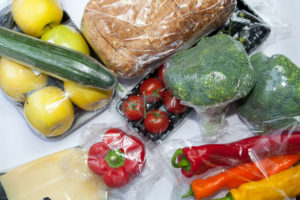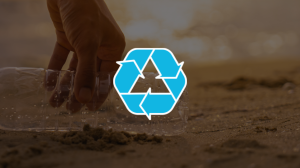Plastics, waste and recycling: It’s not just a packaging problem
Discussions of the growing plastic waste problem often focus on reducing the volume of single-use plastic packaging items such as bags, bottles, tubs and films.
But a new University of Michigan study shows that two-thirds of the plastic put into use in the United States in 2017 was used for other purposes, including electronics, furniture and home furnishings, building construction, automobiles and various consumer products.
“Managing plastics has become a grand and complex environmental challenge, and plastic packaging clearly warrants current efforts on reductions and coordinated material recovery and recycling,” said Gregory Keoleian, senior author of a paper published Aug. 25 in the journal Environmental Research Letters.
“However, while packaging was the largest defined-use market for U.S. plastics in 2017, our study shows that two-thirds of the plastic put into use that year went into other markets,” said Keoleian, director of the Center for Sustainable Systems at the U-M School for Environment and Sustainability. “Those other sectors introduce unique challenges, as well as opportunities, as we attempt a fundamental shift away from the largely linear flow of plastics and toward a circular economy for plastics.”
The authors of the new study say it’s the first comprehensive characterization of plastics use across the entire U.S. economy. The study concludes that the overall recycling rate for plastics in the U.S is slightly lower than previous estimates: Just 8% of the plastics that reached the end of their useful life in 2017 were recycled.
Previous estimates, including one from the Environmental Protection Agency, focused on solid plastic waste in municipal landfills, composed largely of containers and packaging. The new study also includes plastic from construction and demolition waste and from automobile shredder residue.
When those sources were added, the 2017 recycling rate for U.S. plastics dropped even lower than the EPA’s 8.4% estimate. Both studies found that about 76% of the plastics that reached end of life in 2017 were buried in landfills.
The new study, known as a material flow characterization, details a single year of plastics production, use and disposal in the U.S and uses the best available data from industry and public sources. The goal was to generate a road map to help guide industry, policymakers and academics along the path toward accelerated plastic waste reduction.
Specifically, the information is expected to be of interest to material scientists and engineers, resin producers, product and packaging designers and manufacturers, retailers, material recovery innovators and operators, and solutions-oriented academics, research institutions and policymakers.



